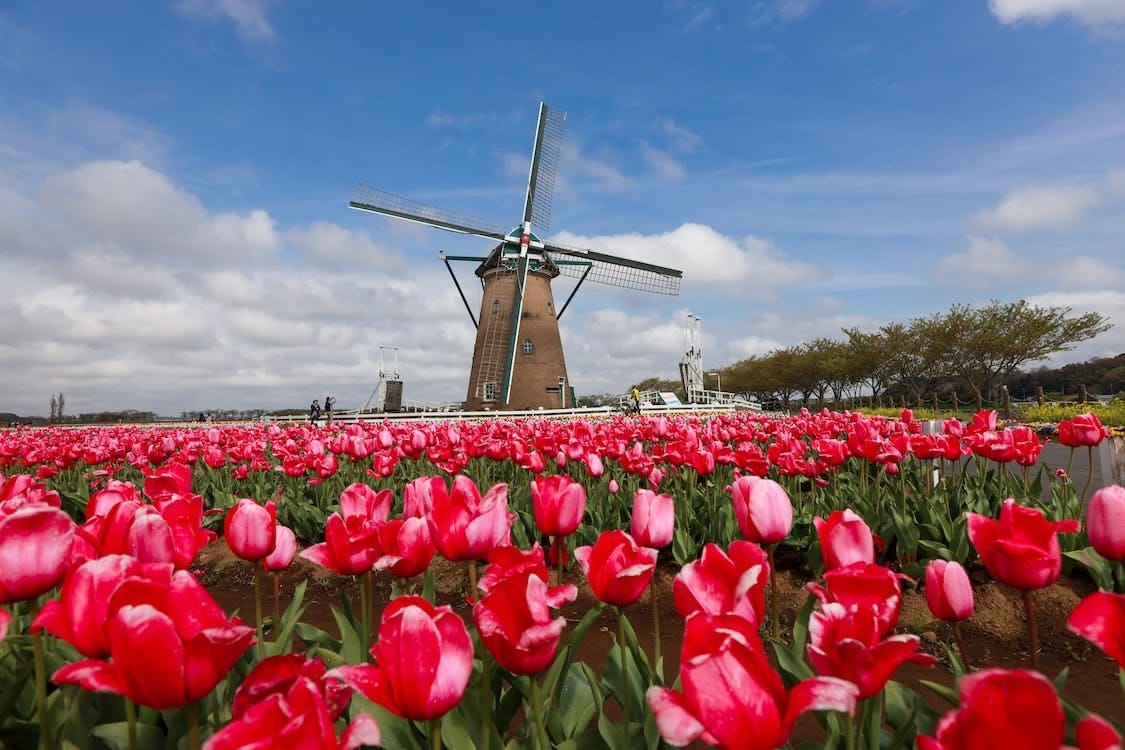In the remote Republic of Tuva in Siberia, practitioners of a unique musical tradition can be heard chanting, crooning and harmonizing in ways that seem to defy the limits of the human voice. This is the ancient art of Tuvan throat singing, an otherworldly style of music that expresses the nomadic spirit of Central Asia’s rugged landscapes. Let’s explore the distinct features and cultural roots of Tuvan throat singing.
Overtone Harmonics Create Haunting Sound
At the heart of Tuvan throat singing lies the singer’s ability to produce multiple vocal tones simultaneously. By manipulating the lips, tongue and jaw, throat singers can sing an underlying drone note while also isolating high overtones in ethereal harmonics above it. The controlled production of overtones is what gives Tuvan throat singing its signature haunting and even bizarre sound to unfamiliar ears. Masters can sing two or even three separate overtones at once, creating the effect of multiple voices. The fundamental drone anchors these eerie harmonics that seem to defy the typical range of the human voice.

Links to Nomadic Herding Culture
Indigenous to the Tuva region of southern Siberia, throat singing was originally practiced by nomadic herdsmen who would entertain themselves with songs while tending their sheep and goats in the Altai Mountains. The singers would imitate and interact with the natural sounds around them, incorporating noises like rushing streams and whistling winds. Throat singing was an organic art form that reflected the Tuvans’ spiritual connection with nature and rugged environment. The drawn-out notes and resonant overtones evoke the wide-open mountainscapes and rolling steppes that shaped this musical tradition. Even today, throat singing is still passed down informally from master to student, retaining its nomadic roots.
Regional Styles and Instruments
From traditional guttural styles to lively contemporary variations, regional styles of Tuvan throat singing have emerged. In khorekteer, the singer mimics rhythmic galloping horses. Kargyraa focuses on a deep rumbling tone from the belly. The popular steppe style features drawn-out whistling tones. Throat singing also accompanies traditional Tuvan instruments like the two-stringed igil fiddle, doshpuluur lute and byzaanchy jaw harp. At festivals, throat singing competitions showcase singers’ talent, with top performers demonstrating immense control and range. Throat singing remains integral to Tuvan cultural identity centuries after its origins on the windswept steppes.

A Mesmerizing Voice of Nature
As an art form, Tuvan throat singing expresses a mystical connection with the natural world. Its practitioners tap into harmonics between the human voice and elements like rivers, valleys and trees. These sounds transport listeners, calming minds and conjuring feelings of openness and timelessness. In the resonance between human vocal cords and nature’s forces, throat singing manifests an ethereal beauty. By honoring this endangered cultural treasure, we ensure that the bewitching voice of the steppes endures.
From the wilds of Siberia, the otherworldly harmonics of Tuvan throat singing captivate and inspire. This rare musical tradition rings with echoes of nomadic life on the Central Asian steppes, channeling both train and transcendence. Throat singing remains a mesmerizing living artifact of humankind in harmony with the natural voice of the land.









